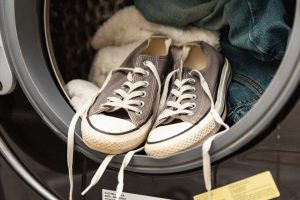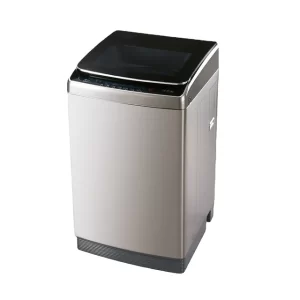How to Solve the Issue of Washing Machine Staining Clothes?
Introduction: Tackling the Frustration of Stained Laundry
Discovering stains on freshly laundered clothes can be disheartening, especially when you expect your washing machine to clean and care for your garments. If your washing machine is staining clothes instead of leaving them pristine, it’s important to identify the cause and find effective solutions. In this comprehensive guide, we will explore the potential reasons behind washing machine stains and provide specific strategies to address this issue. By understanding the causes and implementing appropriate remedies, you can restore your trust in your washing machine’s cleaning capabilities.

Addressing the Issue of Washing Machine Staining Clothes: Effective Solutions
-
Determining the Type of Stains
a. Identifying the nature of the stains: Different types of stains can occur due to varying factors within the washing machine. Common stains include rust, grease, oil, detergent residue, or discoloration caused by dyes or bleach. Identifying the nature of the stains is crucial for determining the potential source and appropriate solution.
-
Evaluating the Washing Machine
a. Inspecting the drum and agitator: Start by examining the drum and agitator of your washing machine. Look for signs of rust, chipping enamel, sharp edges, or any visible damage. These factors can cause snagging or surface abrasion on clothes, leading to stains.
b. Checking for foreign objects: Foreign objects trapped in the drum or agitator, such as loose screws, coins, or metal items, can cause significant damage to clothes during the wash cycle. Conduct a thorough inspection and remove any obstructions to prevent future staining.
c. Assessing the seals and gaskets: Faulty or damaged seals and gaskets can lead to water leakage or detergent residue buildup. Inspect these components for signs of wear, cracks, or mold, and replace them if necessary.
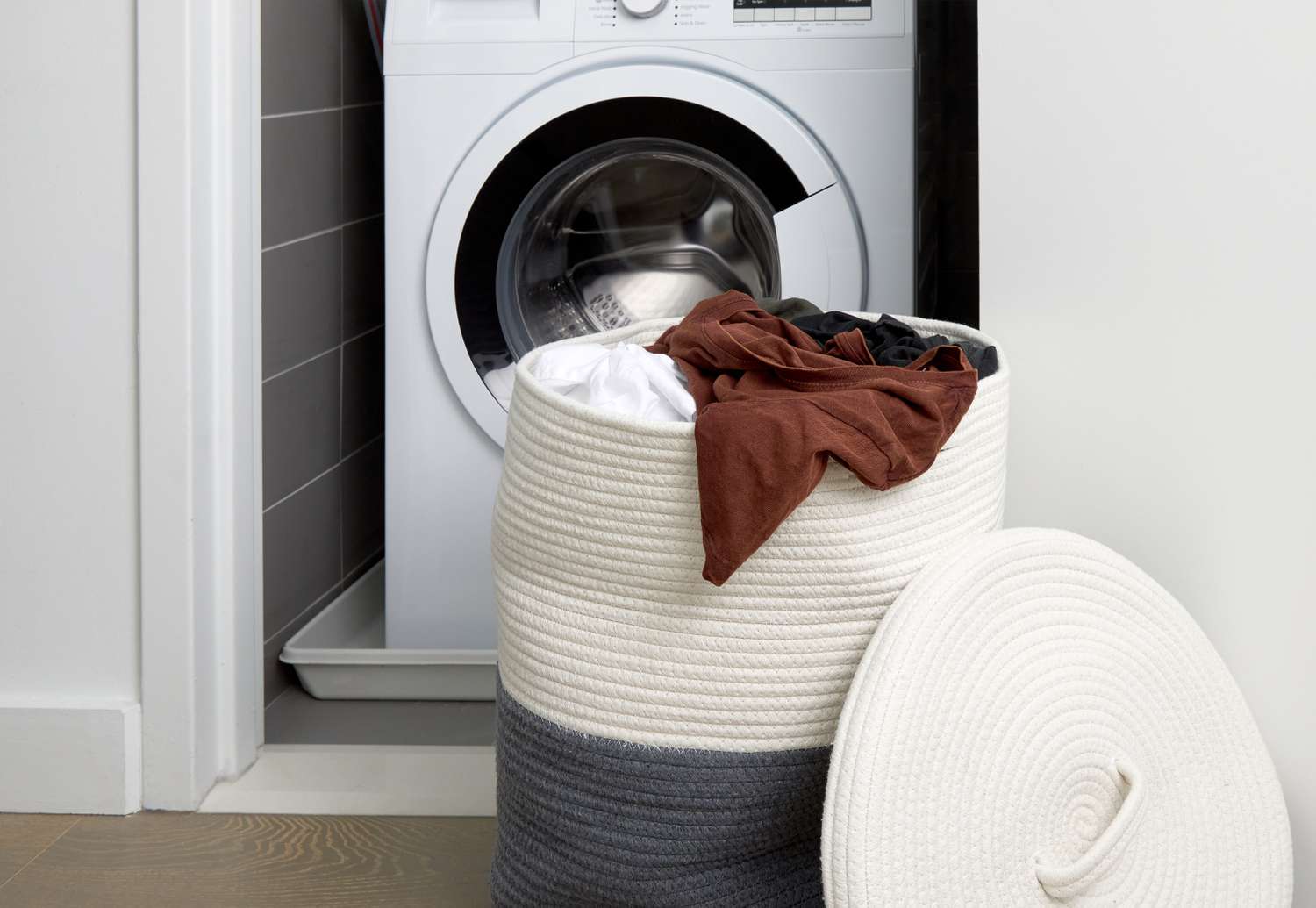
-
Addressing Rust Stains
a. Cleaning the drum: If rust is the cause of the stains, clean the drum using a non-abrasive cleaner or a mixture of vinegar and water. Scrub the affected areas gently with a soft brush or sponge. Rinse thoroughly before running another load of laundry.
b. Treating rust-prone areas: Apply rust preventative spray or rust converter to rust-prone areas in the washing machine. This helps create a barrier against future rust formation, minimizing the risk of stains on clothes.
c. Avoiding iron-rich water sources: If your water supply contains high levels of iron, consider installing a water softener or using iron-removing agents. This helps prevent iron deposits from causing rust stains in the washing machine and on clothes.
-
Removing Grease and Oil Stains
a. Pre-treating clothes: For clothes with grease or oil stains, pre-treat the affected areas with a stain remover or liquid detergent. Gently rub the stain remover into the fabric and allow it to sit for a few minutes before laundering as usual.
b. Cleaning the washing machine: Wipe down the drum, agitator, and other interior surfaces of the washing machine to remove any residual grease or oil. Use a mild cleaning solution or a baking soda paste to dissolve and lift the stains. Rinse thoroughly before using the machine again.
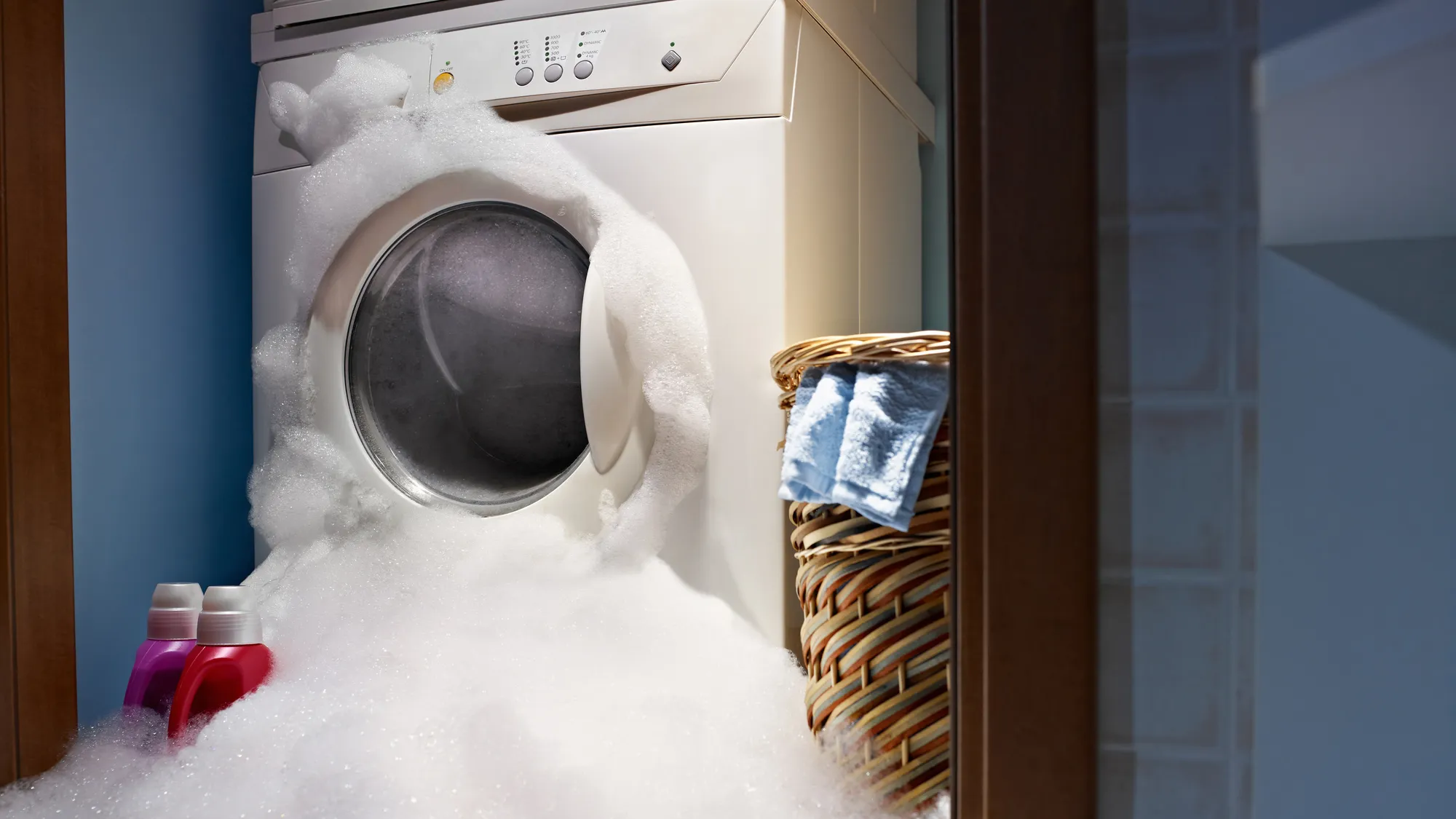
-
Resolving Detergent Residue Issues
a. Using the correct detergent amount: Overusing or improperly measuring detergent can lead to residue buildup, resulting in stains on clothes. Follow the manufacturer’s instructions for the appropriate amount of detergent to use based on the load size and level of soiling.
b. Cleaning the detergent dispenser drawer: Remove the detergent dispenser drawer and thoroughly clean it. Use a brush or toothbrush to scrub any concealed areas where residue may accumulate. Rinse the dispenser drawer thoroughly before reinserting it into the washing machine.
c. Running maintenance cycles: Regularly run maintenance cycles, using hot water and no detergent, to help dissolve and flush out any detergent residue that may be present in the machine. This helps maintain a clean interior and reduces the risk of stains on clothes.
-
Preventing Discoloration from Dyes and Bleach
a. Sorting laundry by color and fabric type: To avoid color bleeding or bleach discoloration, always sort your laundry properly before washing. Separate white and light-colored garments from dark-colored ones. Also, separate delicate fabrics from more robust materials to prevent damage.
b. Using color-catching products: Place a color-catching sheet, dye-trapping cloth, or laundry pod in the washing machine with mixed loads to effectively catch and lock in loose dyes. These products help prevent color transfer and keep clothes looking vibrant.
c. Careful handling of bleach: When using bleach, follow the manufacturer’s instructions carefully and ensure that it is added only to appropriate loads. Avoid contact between bleach and clothes, as it can cause discoloration and irreversible stains.

-
Regular Maintenance and Care
a. Cleaning the washing machine regularly: Perform regular cleaning and maintenance tasks to keep your washing machine functioning optimally. Wipe down the exterior, clean the lint trap, and clear any debris from the drain pump filter to maintain efficient water drainage.
b. Maintaining proper water levels: Ensure that the washing machine is appropriately filling with water during the cycles. Insufficient water levels can lead to inadequate rinsing, resulting in detergent residue and potential staining.
c. Following manufacturer guidelines: Adhere to the maintenance and care instructions provided by the manufacturer. These guidelines may include specific recommendations for cleaning products, frequency of maintenance cycles, and other measures to keep your washing machine in peak condition.
-
Seeking Professional Assistance
a. Consulting a technician: If you have exhausted all options and the washing machine continues to stain clothes, it may be time to seek professional assistance. Contact the manufacturer’s customer service or hire a qualified technician to inspect and diagnose the problem. They have the expertise to identify and address any underlying mechanical or technical issues.
b. Considering replacement parts: In some cases, replacing specific parts of the washing machine, such as the drum, agitator, or seals, may be necessary to resolve the staining issue. Consult with a professional technician to determine if replacement parts are needed and if they are available for your particular model.
c. Evaluating the cost-effectiveness: Before investing in repairs or replacement parts, consider the age, condition, and value of your washing machine. If the cost of repairs exceeds the value of the machine or if it is nearing the end of its expected lifespan, it may be more cost-effective to purchase a new washing machine.
-
Preventive Measures for Future Staining
a. Regularly clean and maintain the washing machine: Ongoing maintenance is essential to prevent staining issues from recurring. Follow a regular cleaning routine for the interior, detergent dispenser, and drainage system of the washing machine. Additionally, keep the exterior surfaces free from dirt and grime.
b. Properly load and sort laundry: Avoid overloading the washing machine, as it can lead to inadequate cleaning and potential staining. Also, ensure that laundry is properly sorted by color, fabric type, and level of soiling to minimize the risk of color bleeding or dye transfer.
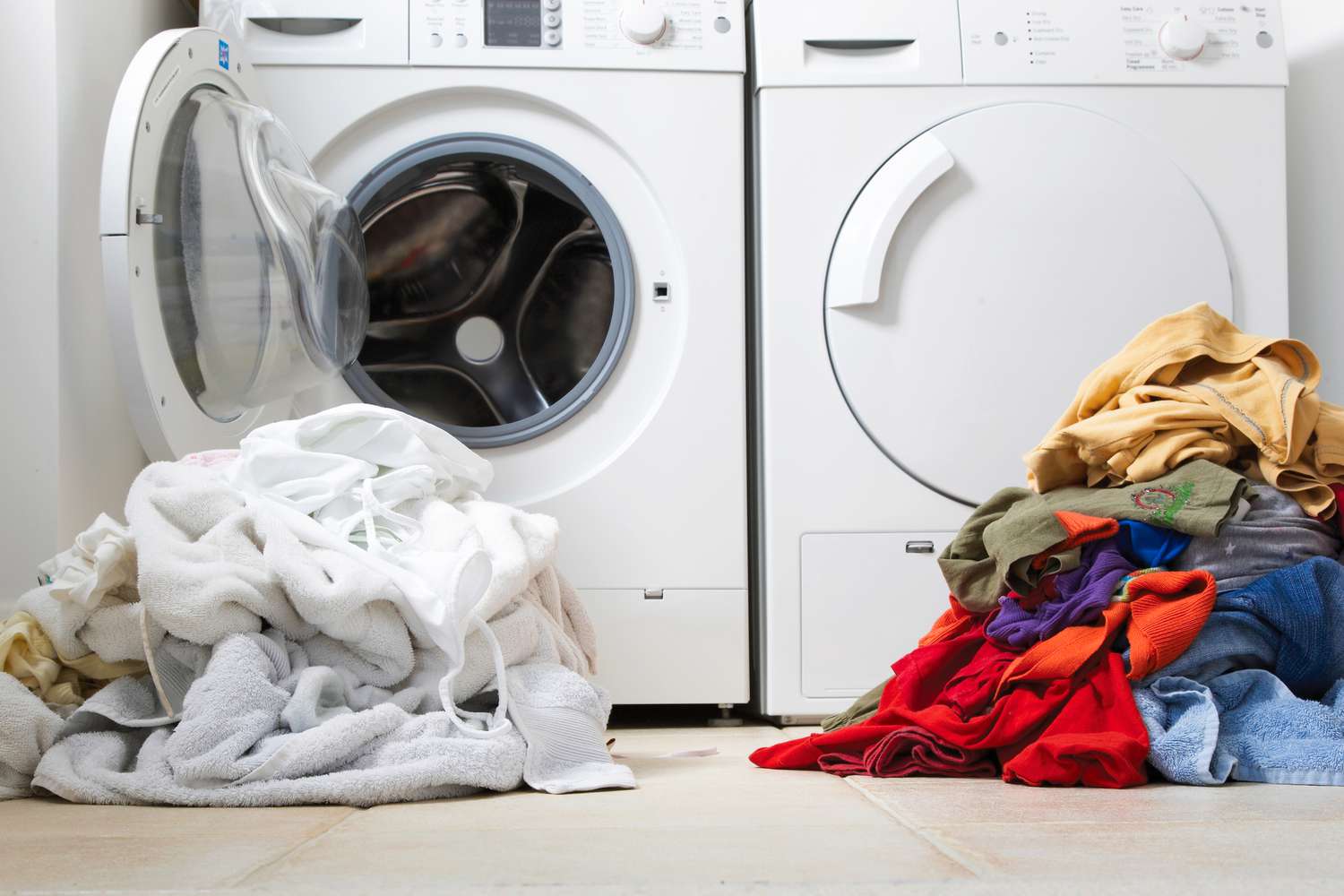
Conclusion: Enjoying Stain-Free Laundry Again
Discovering stains on freshly laundered clothes can be disappointing, but with a systematic approach and targeted solutions, you can address the issue of washing machine staining. By evaluating the washing machine for damage, addressing specific stain types, implementing proper maintenance, and following recommended practices, you can restore the cleanliness and reliability of your washing machine. With a little extra care and attention, you can enjoy stain-free laundry once more, knowing that your washing machine is working effectively and keeping your clothes looking their best.
